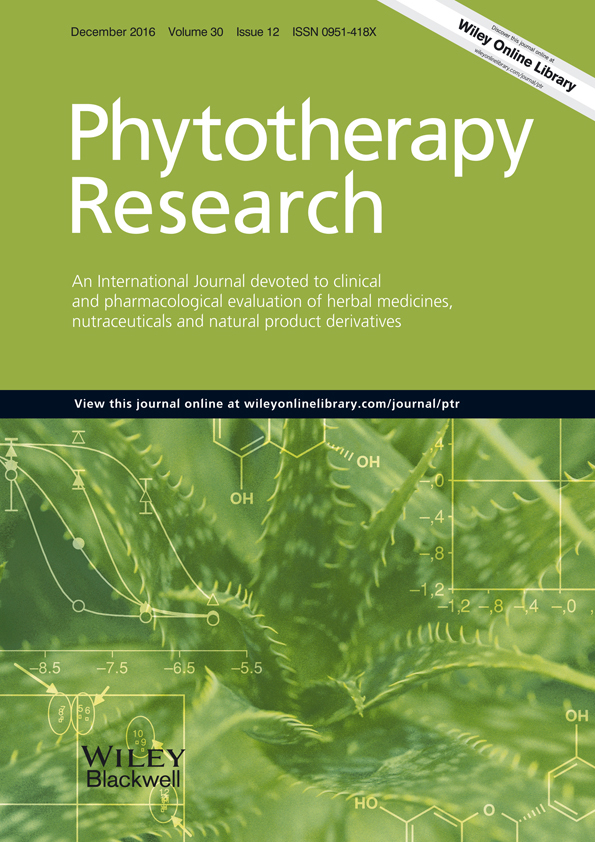Ramalin Isolated from Ramalina Terebrata Attenuates Atopic Dermatitis-like Skin Lesions in Balb/c Mice and Cutaneous Immune Responses in Keratinocytes and Mast Cells
Abstract
Atopic dermatitis (AD) is a chronic inflammatory skin disease that involves eczematous skin lesions with pruritic erythematous papules. In this study, we investigated the mitigating effects of ramalin, a component of the Antarctic lichen Ramalina terebrata against AD in vivo and in vitro. Oral administration of ramalin lessened scratching behaviors and significantly reduced both serum immunoglobulin E and IL-4 levels, and mRNA levels of IL-4 and IL-10 in AD-induced Balb/c mice. In vitro, treatment with ramalin produced significantly less inflammatory chemokines and cytokines, including TARC, MCP-1, RANTES, and IL-8 in TNF-α-stimulated HaCaT cells. In addition, ramalin inhibited the activation of nuclear factor-kappa B as well as the phosphorylation of mitogen-activated protein kinases (MAPK). Furthermore, ramalin treatment resulted in decreased production of β-hexosaminidase and proinflammatory cytokines IL-4, IL-6, and TNF-α in 2,4 dinitrophenyl-human serum albumin-stimulated RBL-2H3 cells through blocking MAPK signaling pathways. The results suggest that ramalin modulates the production of immune mediators by inhibiting the nuclear factor-kappa B and MAPK signaling pathways. Taken together, ramalin effectively attenuated the development of AD and promoted the mitigating effects on Th2 cell-mediated immune responses and the production of inflammatory mediators in mast cells and keratinocytes. Thus, ramalin may be a potential therapeutic agent for AD. Copyright © 2016 John Wiley & Sons, Ltd.




